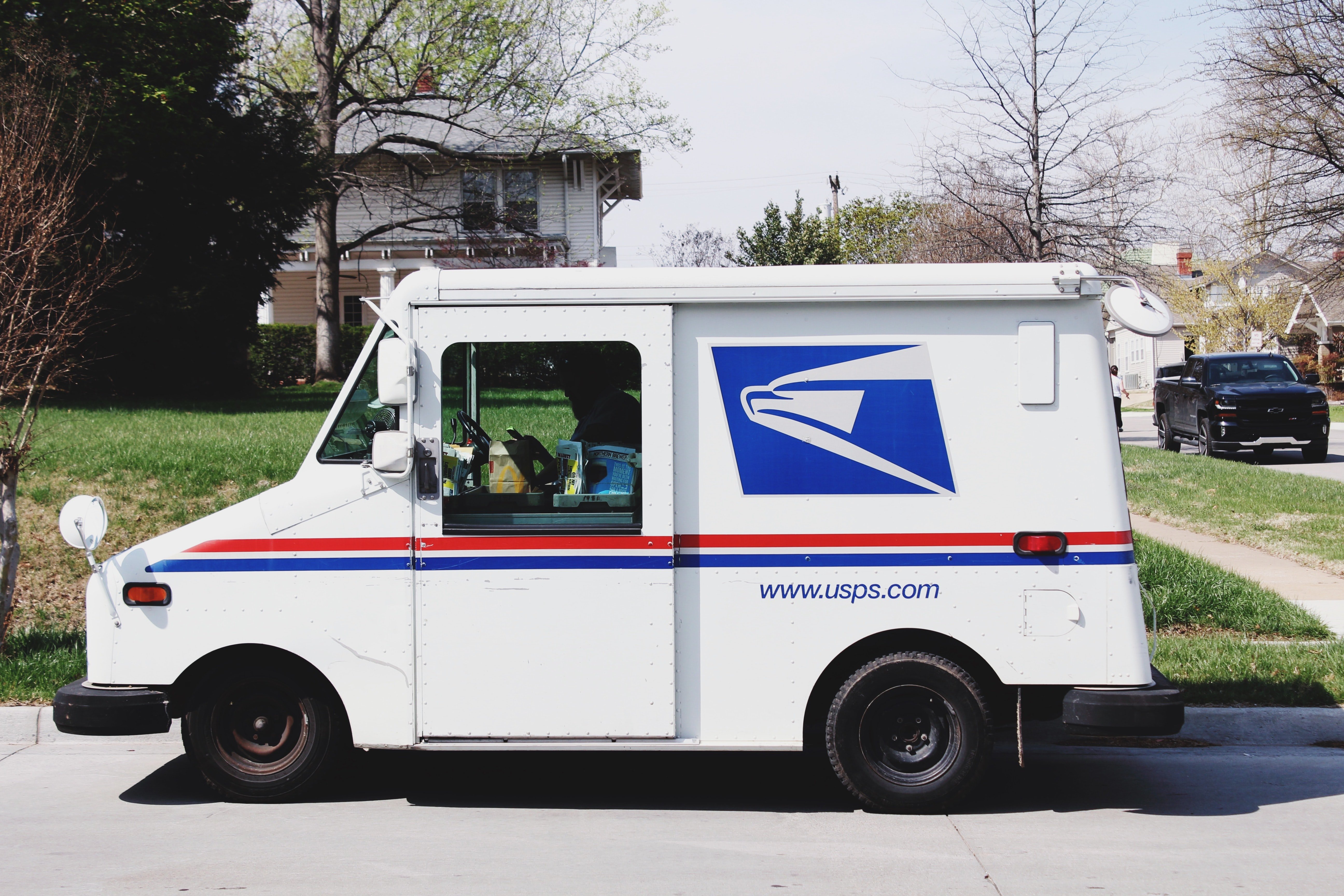
5 Expensive Ecommerce Shipping Mistakes
Ecommerce shipping mistakes like choosing the wrong service level, using too much packaging, or even not researching what it will cost to ship a given product can cost online retailers money.Fortunately, most, if not all, ecommerce shipping mistakes are easy to avoid. With a little planning and care, you can make certain your online retail business doesn’t commit these fulfillment errors.
1. Not Using Flat Rate Shipping
With domestic flat rate shipping services, an online store pays a prescribed price to ship a specific box regardless of what the shipment weighs or how far away its destination is. As the United States Postal Service has said repeatedly in its flat rate shipping ads, “If it fits, it ships.”The USPS is a leader in flat rate shipping.The USPS is a leader in flat rate shipping.These flat rate (or “one rate”) shipping services have several advantages, including:
- Free boxes;
- Predictable shipping costs regardless of zone;
- Fast delivery (often three days or less);
- Competitive rates;
- Particularly good for small, heavy products.
Sending ecommerce orders via USPS Flat Rate or FedEx One Rate could save your online store money on some shipments. Consider your most popular items: Could you reduce your costs if you used a flat rate method? What about when you ship to far away states?If you have not considered a flat rate service, you could be wasting money.
2. Only Use Flat Rate Shipping
As good as flat rate shipping services can be, they are not a panacea, solving all of your shipping problems with a single medium-sized box. Sometimes small and mid-sized ecommerce operations will get a little lazy and use flat rate shipping for every order.The trouble is that flat rate shipping is not always the least expensive way to ship.Here is an example. Imagine that you want to ship a pair of men’s denim jeans, which weigh two pounds, from your warehouse in Salt Lake City, Utah, 84101 to a customer in Boise, Idaho, 83701 — about 350 miles.Shipping ServicePackaging CostShipping CostTotal CostUSPS Medium Flat Rate$0.00$11.95$11.95FedEx Ground$0.50$10.09$10.59FedEx SmartPost$0.50$9.29$9.79USPS Retail Ground$0.50$7.75$8.25You could stuff the jeans into a USPS medium-2, side-loading box, which the USPS will give you for free, and send it for $11.95. Or you could put the jeans in a plastic shipping bag that costs you 50 cents or less and send it via USPS Retail Ground for just $7.75. Your total shipping cost including the bag would be approximately $8.25, a savings of $3.70 on this one order.This example does not account for every variable or possibility. But the point is clear: While there are times flat rate will save you money, you would not be wise to only use flat rate.
3. Incorrect Product Specifications
Imagine a shopper picks out a couple of items from your store, adds those items to the shopping cart, and ends up on a checkout page.If your site is like most online shops, the shopper will be presented with some shipping options, possibly including a free shipping method, and a couple of expedited shipping choices.When the shopper selects a shipping option, your business is effectively guaranteeing the shipping rate, and that rate was probably calculated using the product specifications, like weight and size, that you entered in your ecommerce platform.If you have this information wrong, your ecommerce platform will give customers the wrong price for shipping, maybe even costing your business more money.
4. Fail to Validate Customer Addresses
No doubt you love your customers. They like the stuff you sell, but they also mistype their address from time to time.A mistyped, incorrect address may mean that your shipment will never make it to your customer. The package could be delivered to the wrong place or returned to your warehouse. Your customer is upset and wants a return or a new, expedited shipment, and your business will pay for it all.The good news is that this error is easy to avoid. Many good shipping software solutions will have the feature built in to alert you when a customer enters an invalid address. What’s more, address verification may also help identify fraudulent orders before you send them.
5. Don't forget to Audit your Shipping
If you simply ship an order and forget about it, you might be leaving a lot of money on the proverbial table.It is a good practice for ecommerce shippers to audit shipments and carrier bills for duplicate charges, billing mistakes, and service failures.Often carriers will guarantee shipments. If you send something via next day air, the carrier promises that it will arrive the next day. When the carriers fail to meet those guarantees, your business can often get a refund. But carriers don’t typically just volunteer those service failure refunds. You have to ask for them.







.svg)